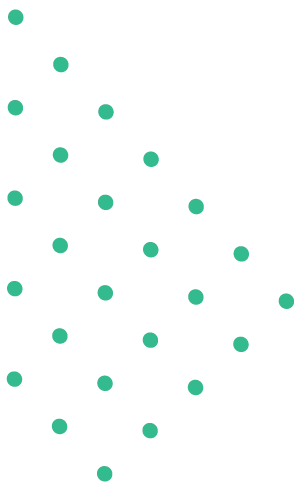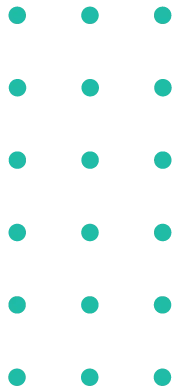Analyze the Symbols Used by W.B. Yeats in His Poems.
- Topic : The Second Coming|Writer : William Butler Yeats


The Second Coming is a notable literary work by William Butler Yeats. A complete discussion of this literary work is given, which will help you enhance your literary skills and prepare for the exam. Read the Main texts, Key info, Summary, Themes, Characters, Literary devices, Quotations, Notes, and various study materials of The Second Coming.
Answer
Critically comment on Yeats’s use of symbols. [NU: 2015, 20, 22] ★★★
Or, Write a note on the symbols used by Yeats with references to the poem you have read. [NU: 2017]
Symbol is a literary device where an object, person, place, or event stands for something deeper or abstract. W.B. Yeats (1865-1939) is the icon among the modern English poets. He used many symbols in his poems. Symbols made his poems deep and powerful. Through symbols, he showed ideas like change, death, beauty, politics, and spirituality. He used personal, national, and universal symbols. Let us look at the symbols used in four famous poems:
Symbols in “Sailing to Byzantium”: This poem is about old age, art, and the spiritual world. In this poem, the poet uses powerful symbols like,
- Byzantium: Byzantium is a holy city. It stands for art, wisdom, and eternal life. The poet wants to go there to escape the pain of old age. He says,
“I have sailed the seas and come
To the holy city of Byzantium.”
- The Sailing (Journey): The sailing means the poet’s journey from the real world to the world of art. It also means his wish to leave the body and enter the soul. It is a symbol of change and freedom.
- The Golden Bird: The bird is made of gold and sings forever. It stands for immortal art. The poet wants to become this bird. He says,
“Set upon a golden bough to sing…”
Symbols in “Easter 1916”: This poem is about the Irish revolution and the people who died for Ireland. This poem is also enriched with powerful symbols.
- Terrible Beauty: This is the main symbol of the poem. It means the beauty of sacrifice, but also the pain of death. The poet says:
“A terrible beauty is born.”
- Green: Green
Unlock this study guide now
